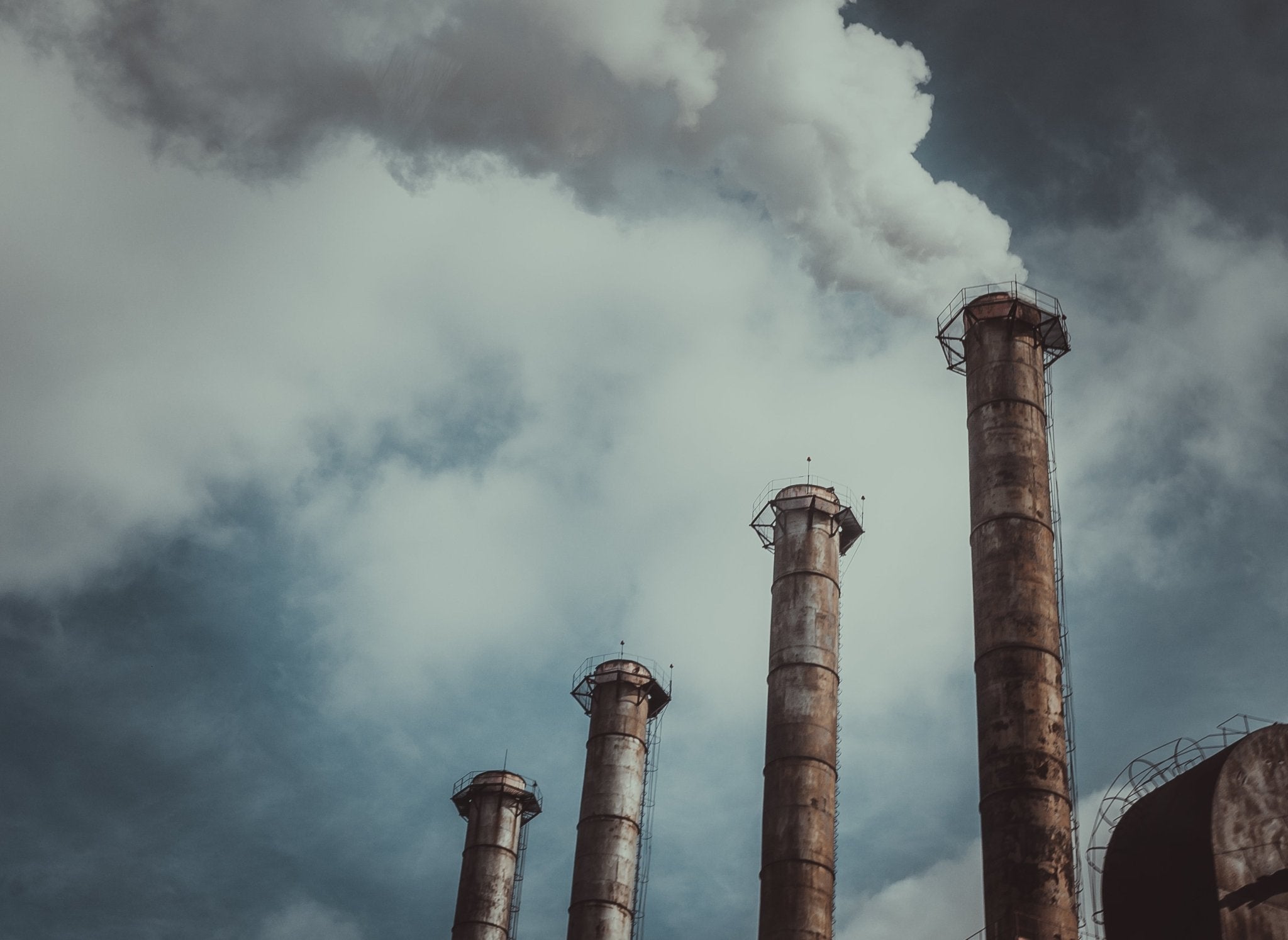
Energy and Pollution: Where Do We Pollute the Most?
Tags:
Before we can solve any problem, it’s important to understand it. How we power our homes and businesses, and get around plays a massive role in global warming. According to the Union of Concerned Scientists, producing electricity/power is a major source of air pollution and the single largest source of global warming in the U.S. This situation is the same for many other countries.
‘Dirty Energy’ Is Definitely Still the Norm
Even though clean energy is somewhat on the rise, so-called ‘dirty energy’—coal, oil, and natural gas—still produces most of our electricity and fuel. In 2017, about 80 per cent of the electricity produced in the the U.S. and the primary energy produced in Canada was from non-renewable sources. The European Environment Agency reports that about two-thirds of global greenhouse gas emissions are linked to burning fossil fuels for heating, electricity, transport, and industry. Energy accounted for 78 per cent of total greenhouse gas emissions in the European Union in 2015. Some countries have set ambitious targets to become 100 per cent renewable energy powered by 2050. But for many others, being 100 per cent clean-energy-powered is a far-fetched aim.The Dangers of Dirty Energy
The data and numbers on the effect of poor air pollution are shocking. In a special research report on world energy, the International Energy Agency reports that about 18,000 people die each day as a result of air pollution. This equates to 6.5 million deaths each year globally, a number much greater than HIV/AIDS, tuberculosis, and road injuries combined! After high blood pressure, dietary risks and smoking, air pollution is the fourth greatest overall risk factor for human health worldwide. As the Agency points out, energy production causes the most amount of air pollution. Dirty energy damages our environment in other ways, too. While all energy sources impact our environment in some way, fossil fuels/dirty energy cause more harm than renewable energy. This includes water pollution, wildlife and habitat loss—plus all the environmental impacts brought about by global warming.Which Sectors Use the Most Energy—and Pollute the Most?
For many countries, including the U.S. and Canada, the sectors that use the most energy are:- The industrial sector: facilities and equipment used for manufacturing, agriculture, mining, and construction. In 2017, for example, the industrial sector used 32 per cent of total energy in the U.S.
- The transportation sector: transporting people or goods via trucks, buses, motorcycles, trains, airplanes, boats, etc. Transportation used 29 per cent of total energy.
- The residential sector: homes and apartments
- The commercial sector: offices, malls, stores, schools, hospitals, hotels, restaurants, public buildings, etc. The commercial sector used 18 per cent of total energy in the U.S.
- Burning fuel for electricity and heat (45 per cent)
- Transportation (28 per cent)
- Leaks and unintended emissions from the oil and natural gas sector (8 per cent)
- Industrial processes and manufacturing (7 per cent)
- Agriculture (8 per cent)
- Transportation (28 per cent)
- Electricity production (28 per cent)
- Industry (22 per cent)
- Commercial and residential (11 per cent)
- Agriculture (9 per cent)
The Green Way Forward
By turning to more renewable forms of energy—wind, solar, hydroelectricity and geothermal—we can make a big impact and lower greenhouse gas emissions and pollution. Power-smart building designs with passive heating and cooling systems, like passive houses and buildings, can bring down energy and heat usage. Ensuring residential, commercial and public buildings like schools and offices move in this direction of energy efficiency would make a big impact. Making transport more sustainable and public transport more efficient and available would also make great strides to eliminating our problem. While some countries are leading the way in renewable energy, others still have plenty of catching up to do. Luckily there are many new technologies in this area—and plenty of successful clean energy examples to pick from!Would you like to be the first to hear about our new products and more? Sign up for our Nature’s Path Newsletter.








